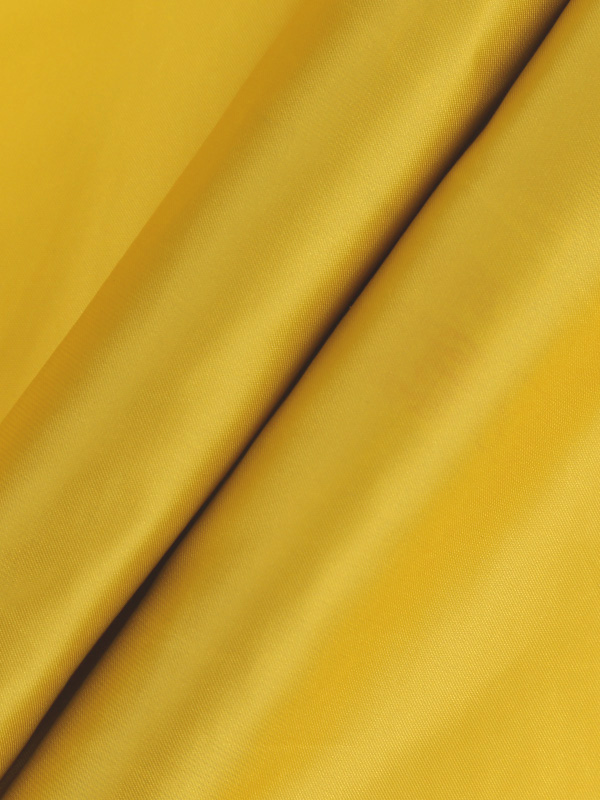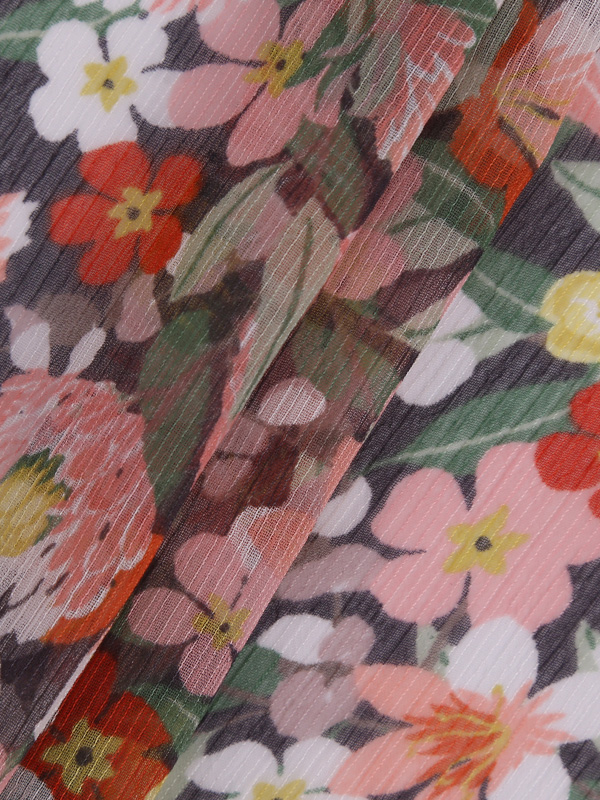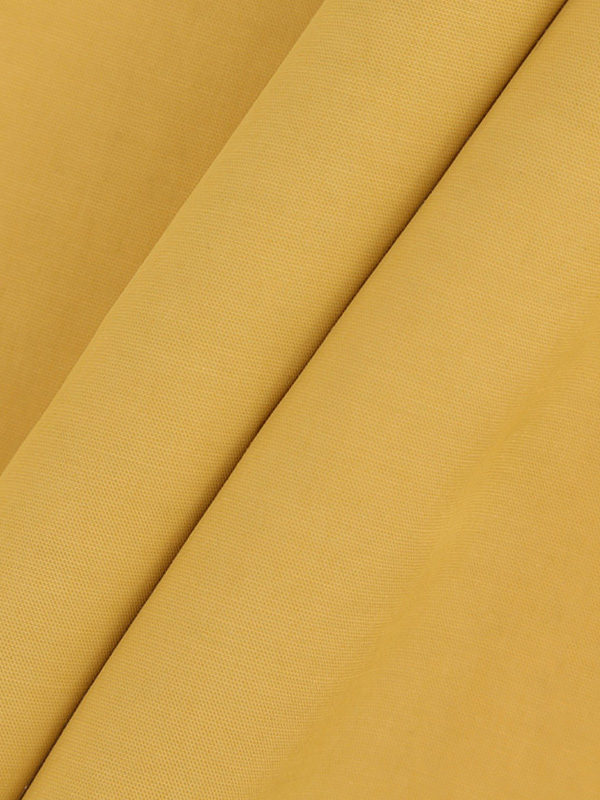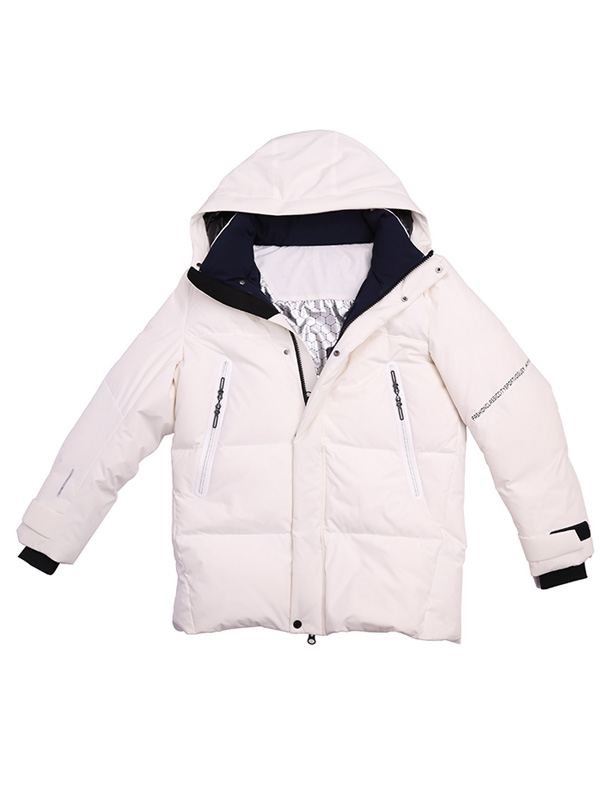How are functional fabrics waterproof, windproof and breathable?
Waterproof and breathable fabric means that water cannot penetrate into the fabric under a certain pressure, and the sweat emitted by the human body can be transmitted to the outside through the fabric in the form of water vapor, so as to prevent sweat from accumulating and condensing between the body surface and the fabric, so as to keep the clothes worn. Comfortability, it is a high-tech, unique functional fabric.
Waterproofing is not a problem for the fabric industry. The key is how to achieve both breathability and super wind resistance. Below, we will deeply interpret the new high-tech products from the types of fabrics that realize waterproof, windproof and breathable.
Realize breathability by laminating waterproof and breathable membrane
1. PTFE film
The diameter of water vapor molecules is 0.0004 microns, the smallest light mist in rain has a diameter of 20 microns, and the diameter of drizzle is as high as 400 microns. Breathable. After continuous efforts, it becomes a composite film by laminating with other hydrophilic films. Special treatment on the film can greatly improve its fastness.
It is generally believed that the water pressure of the fabric can reach 10000mm, and the water pressure will decrease significantly after washing 6-7 times; the maximum air permeability can reach 10000g/sqm*24hrs, but it is not possible to achieve this value with just made fabrics. After several washings, part of the glue is washed away, the available pores increase, and the air permeability increases. At the same time, the clothing made of this fabric can also block the intrusion of cold wind, preventing the wind from taking away the heat emitted by the body through the cloth, making the body not It feels air-cooled due to the loss of heat; in addition, the fabric can also resist 97.5% of ultraviolet rays.
2. TPU film
TPU is an abbreviation for thermoplastic polyurethane film, which is a non-porous hydrophilic film. Since the film itself has no pores, the waterproof effect is naturally very good. Ventilation is mainly achieved through its hydrophilic properties. Relying on the difference in vapor pressure inside and outside the clothes, the steam is transferred from a place with high pressure to a place with low pressure, thus realizing the function of ventilation.

Air permeability through coating
Using process technologies such as dry direct coating, transfer coating, foam coating, phase inversion or wet coating (solidified coating), various coating agents with waterproof and breathable functions are applied to the fabric. On the surface, the pores on the surface of the fabric are closed or reduced to a certain extent by the coating agent, thereby obtaining water resistance. The breathability of the fabric is through the microporous structure formed on the coating by a special method or the hydrophilic group in the coating agent interacts with water molecules, and with the help of hydrogen bonds and other intermolecular forces, the water molecules are adsorbed on the high humidity side. It is obtained by transferring to the analysis function of the low temperature side. Coated fabrics are widely used because of their low price and a certain degree of air permeability. However, due to its poor waterproof and breathable performance and unsatisfactory feel, the market share is gradually decreasing.
The wet transfer coated fabrics developed now make the coated fabrics renewed. Not only are the physical properties such as waterproof and breathable are high, the surface cloth can be treated with 100% Teflon, the washing fastness can reach more than 25 times, and the hand feel is very good.
Breathable through fiber
1. Ventair fabric
It was designed by the British Shirley Research Institute in the 1940s. It used Egyptian long-staple cotton high-count, low-twist pure cotton yarn and high-density heavy flat weave fabric. It was originally mainly used for cold-proof and anti-cold resistance of British Air Force pilots during World War II. Immersion. When the fabric is dry, the gap between the warp and weft yarns is large, about 10 microns, which can provide a highly breathable structure; when the fabric is exposed to rain or water, the cotton yarn expands, reducing the gap between the yarns to 3 to 4 microns. A closed cell mechanism is combined with a special water-repellent finishing to ensure that the fabric will not be further penetrated by rain. At present, this type of fabric has long been replaced by other waterproof and breathable fabrics.
2.Coolmax fabric
Perspiration can be discharged out of the body by creating pores inside the fiber, which is the moisture wicking fabric currently on the market.
The latest top category of TIPS: GORE-TEX Pro Shell three-layer fabric uses the most advanced GORETM Micro Grid Backer new patented lining structure technology. First of all, the stitching marks at the seams of the clothing are obviously reduced and almost hard to detect. As a result, the friction between the inner and outer clothing is greatly reduced, which not only facilitates the free stretching of the body but also enhances the overall aesthetics of the clothing; secondly, it is different from the past. Compared with the fabric, the weight of GORE-TEX Pro Shell composite fabric is reduced by 15 grams per square centimeter, and the weight of the whole garment will be reduced by about 60 grams. It can be used for outdoor sports such as mountaineering, bouldering, ice climbing, skiing and adventure. The user feels long-lasting protection and ultimate comfort. With this special lining structure protection, the waterproof, windproof and breathable functions of the GORE-TEX film will be maintained for a longer time.


 English
English Chinese
Chinese



